WindFarm Survey by Geo Insight
2023-09-12
Products:Geo Insight
Date:24- 26 August, 2023
Location:LongYang WindFarm
Water Depth:Around 20m

1 Preparation for the project
Installation of the transducer
The tranducer of the SBP is installed by the side, on the forward 1/3 of the port side, and the transducer has a draft of 2.3 metres to avoid the noise interference from the ship's engine and the boundary water layer. The mounting rod is tightened with wire rope along the bow and stern direction to prevent vibration.
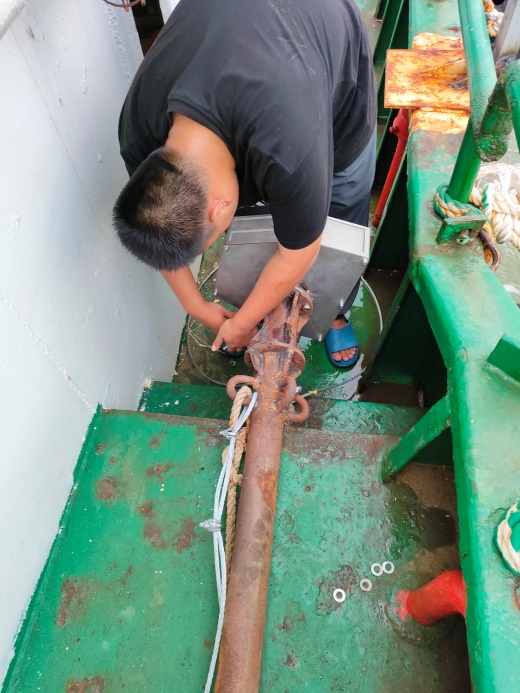
A Installation of the tranducer
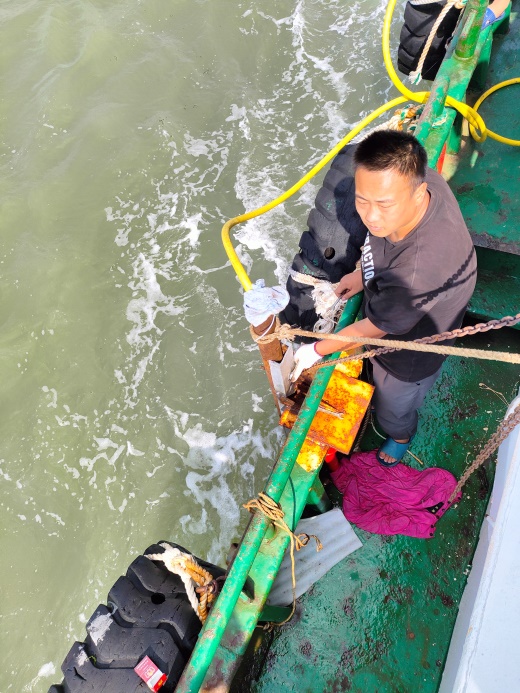
B Installation of the mounting rod
Connection of the whole system
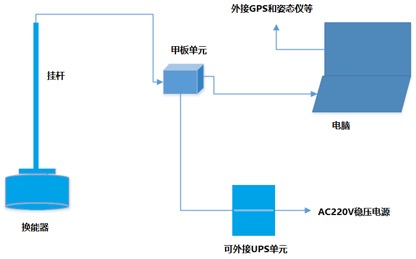
C Connection Schematic of the whole system
According to the diagram, complete the system connection. The power supply is selected from the clean power supply regulated and filtered by UPS, and the deck unit is reliably grounded to avoid signal interference. Switch on and test, the whole system is functional.
2. Inspection of windfarm cables
After leaving the dock, drive to the wind farm along the way to test the performance of shallow profiling, to obtain better stratigraphic information.
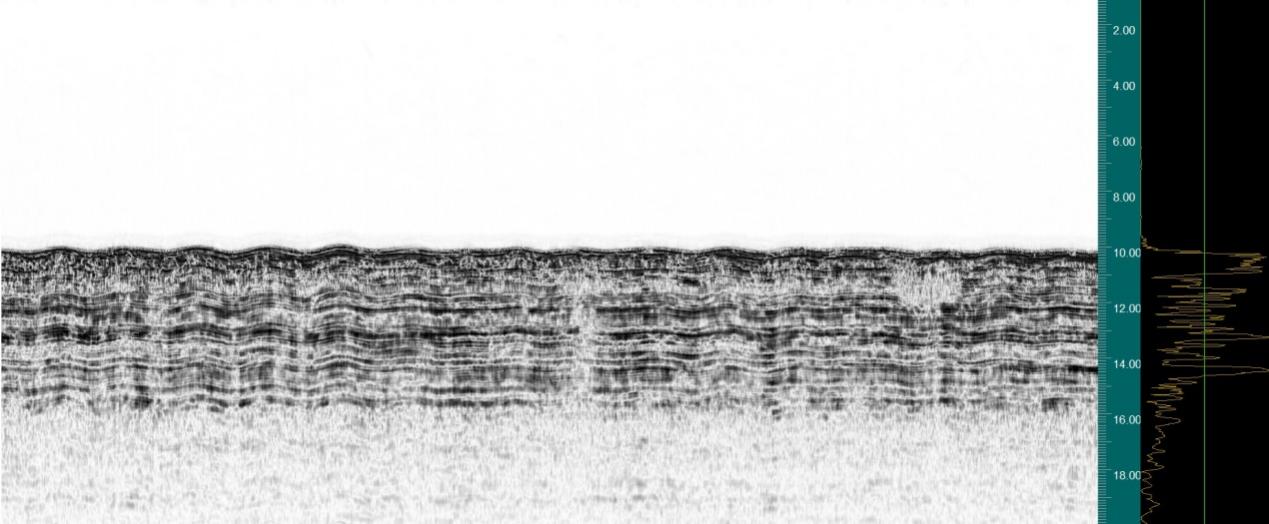
D Layers are distinct
Using the multibeam mode of GeoInsight for surveying along the track. Confirmation of laying of the cable.
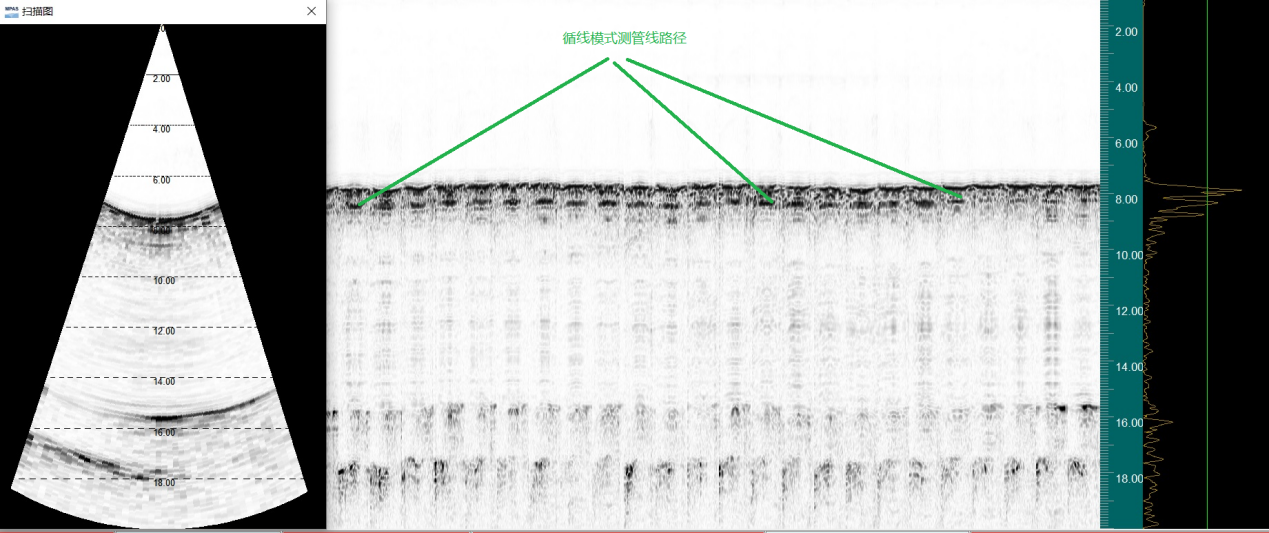
E Multibeam mode along track
Survey the 220kV main cable from the booster station to the shore-based power station, across the cable, to obtain the laying of the cable.
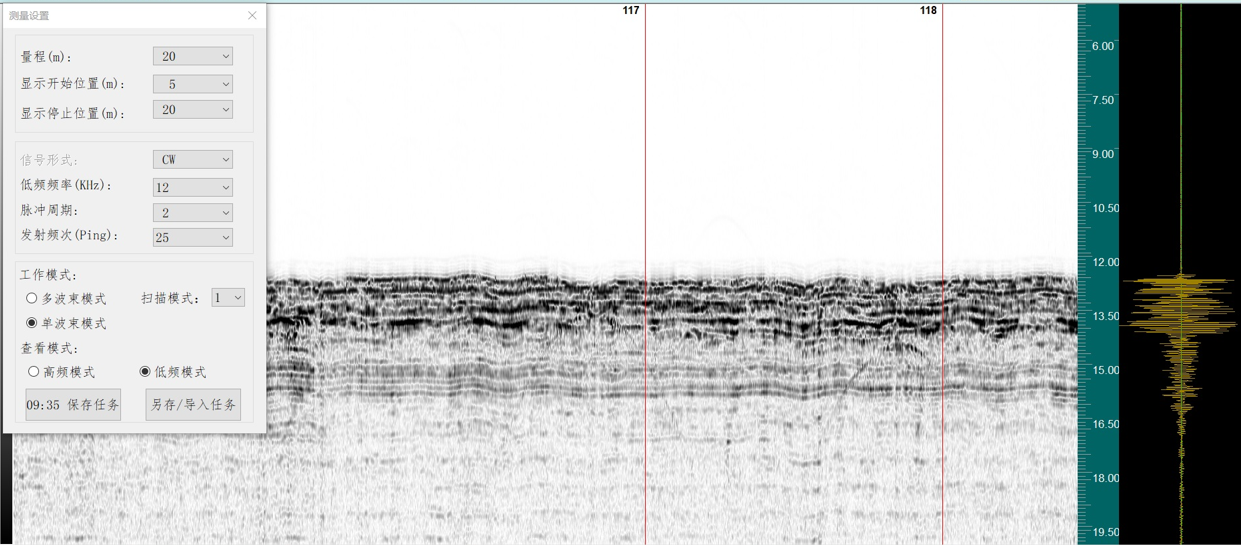
F Buried main cable
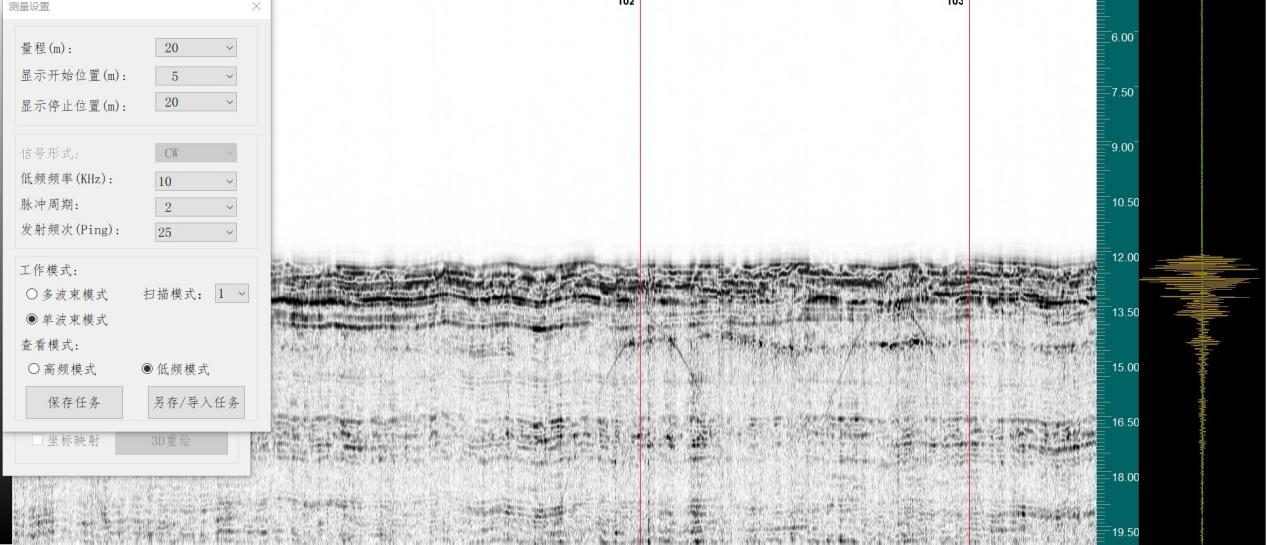
G Buried main cable
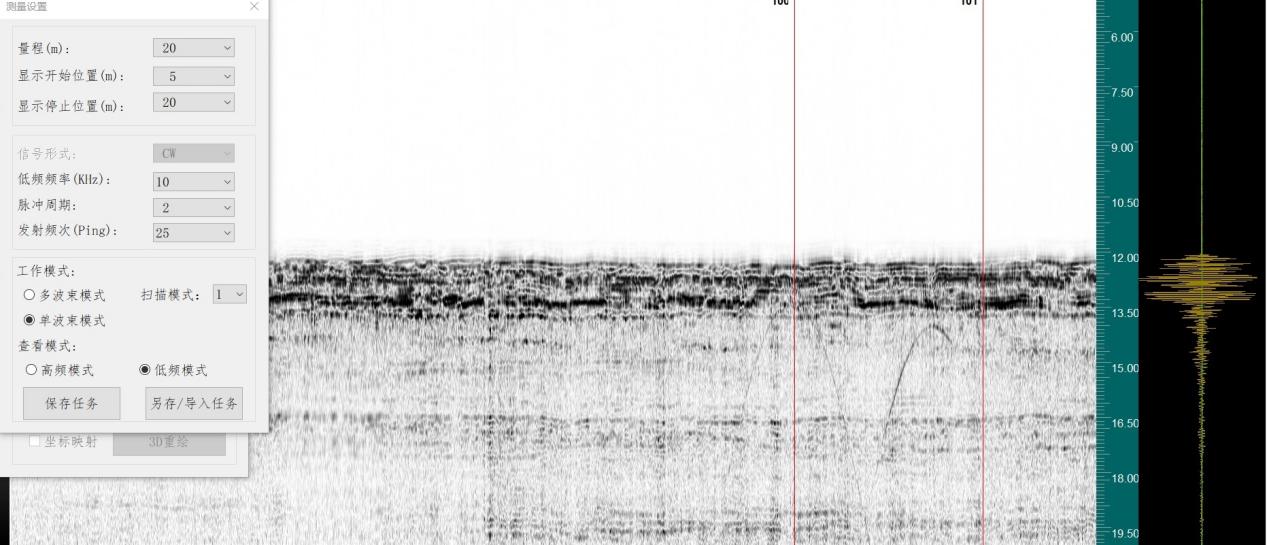
H Buried main cable
Survey of 35kV connecting cable between turbines at Longyang Wind Farm, across the cable, to obtain the laying condition
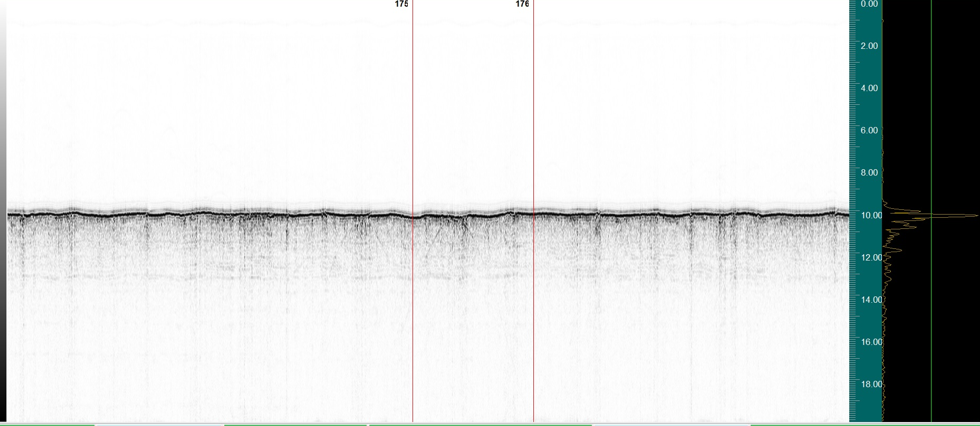
I Buried Turbine Cable
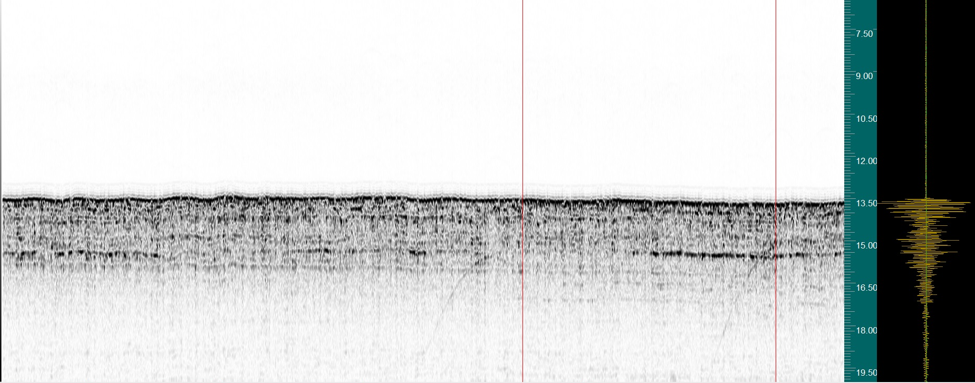
J Buried Turbine Cable
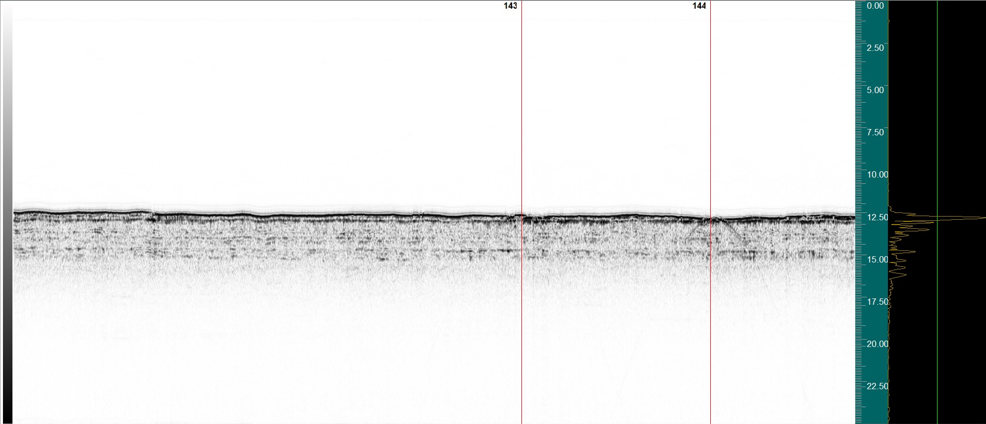
K Buried and Exposed Turbine Cable
3 Conclusion of the project
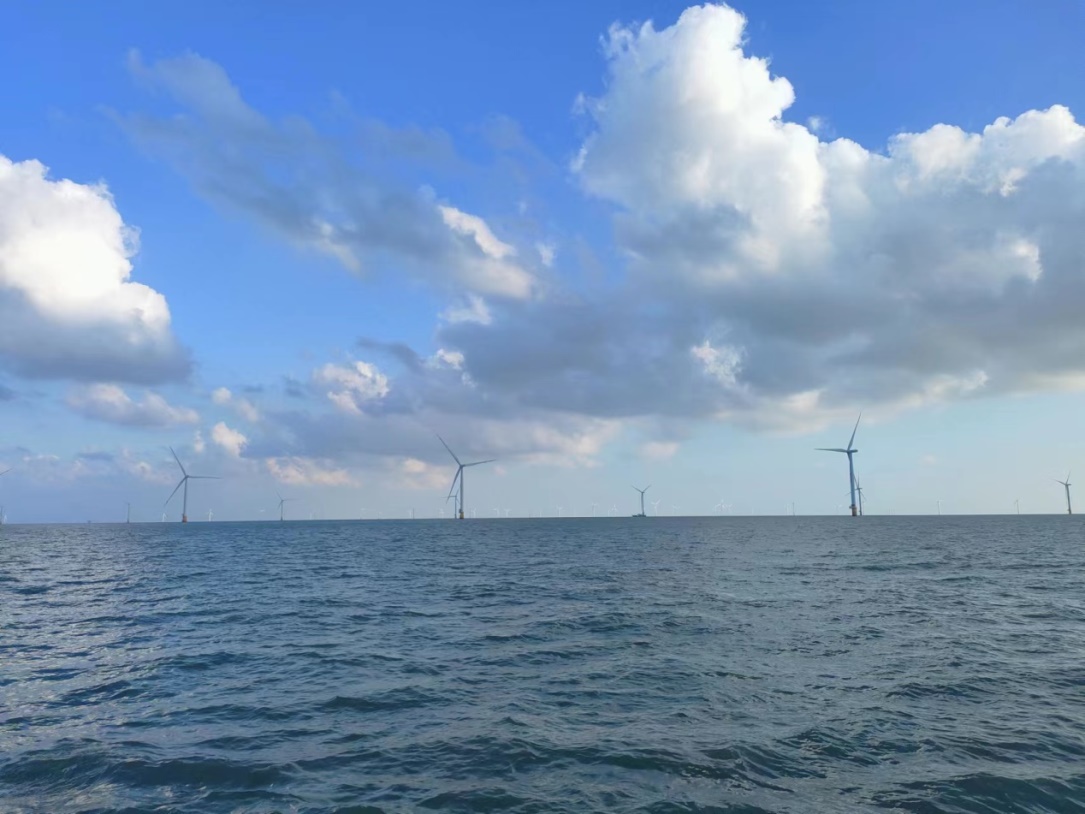
L the WindFarm
In wind farm areas, where stratigraphic layering is more pronounced, cables can be detected buried in certain strata. Detecting the submarine cables by along the track in multibeam mode makes it more difficult to distinguish the cables when it appears that the cable echoes are masked by the stratigraphic information.
220kV main submarine cable, the diameter of which is around 30cm, is measured with only 10kHz CW wave and 12kHz CW wave, both of which obtain more obvious submarine cable information, and the detection rate of the main submarine cable is not less than 90%.
The 35kV wind turbine cable, with a diameter of about 15cm, was measured using 12kHz CW waves, and the detection rate of the wind turbine cable was not less than 40%, even though the diameter was thinner.

